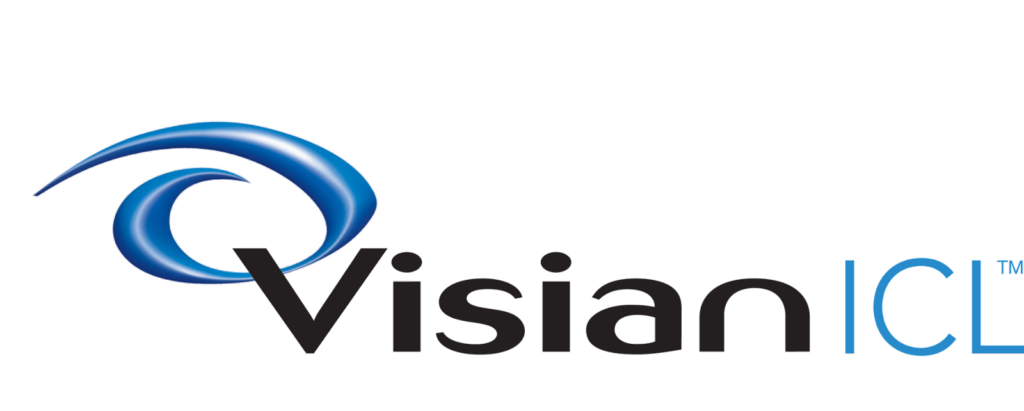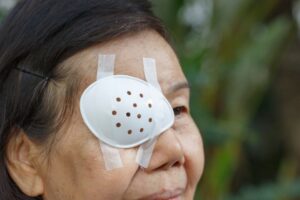When it comes to choosing Visian ICL vs LASIK, it depends on individual factors. Most patients are better suited for one procedure than the other, depending on their unique needs. There are significant differences between the two procedures.
LASIK surgery is a procedure that can correct myopia, hyperopia, or astigmatism by reshaping the cornea using an excimer laser. Visian ICL only works for nearsightedness. It is like having a lasting contact lens, so the cornea’s shape remains intact.

You can correct more refractive errors with the LASIK procedure, but people with thin corneas or severe dry eye may choose Visian ICLs to avoid side effects. The LASIK procedure is shorter, cheaper, and faster recovery time than the Visian ICL. Those lenses used with Visian ICL could have a lower risk of side effects, offer better long-term correction, and remove if needed. Visit https://www.personaleyes.com.au/lasik to read more about LASIK Eye Surgery.
The determination to choose which procedure is optimal for you is up to your eye doctor. Your ophthalmologist can advise you on which procedure will work best for you.
Visian ICL and LASIK: Many Differences with Good Results
For many years, many people with refractive errors had two options for correcting their vision condition: eyeglasses or contact lenses. These two options require regular eye exams to monitor the progression of nearsightedness, farsightedness, or astigmatism. Then, updates to the lens prescription are essential to continue correcting the changes in your cornea.
Since the 90s, several medical researchers have improved new methods of managing several refractive errors, including implantable contact lenses and laser-based surgery. These new methods give patients more options than before, ultimately freeing them from the daily commitment of contact lenses or glasses.
Since correcting refractive errors, laser-assisted in situ keratomileuses (LASIK) are among the most notable developments. The surgeon uses a laser to remove tissue from your cornea and reshape it. That process causes light to refract clearly to the back of the eye. There, your retina receives light and transmits it to the brain through your optic nerve.

LASIK has helped millions of people worldwide to stop wearing eyeglasses or contacts. It offers a quick solution that can change your life.
Some reasons might disqualify you as a good candidate for LASIK, which has led several scientists to research other effective options. Like the Visian ICL series, implantable contact lenses allow people with thinner corneas or other eye conditions to stop wearing glasses or contact lenses for years without undergoing laser-guided surgery.
If you are tired of wearing corrective glasses or contacts, which of the above procedures would you choose? I can help you decide which option works for you. After gathering some information, work with your optometrist or ophthalmologist to determine the correct procedure for your vision situation.
Visian ICL and LASIK
LASIK procedure and Visian implantable Collamer lenses are different technologies that can ideally correct your refractive errors to 20/40 visual clarity in certain circumstances. Before choosing which procedure would work best for you, it is essential to understand the two procedures.
- LASIK: Though there are several types of laser eye surgery to correct refractive errors, LASIK is the most recognized type of this procedure and the most widely performed. This outpatient operation can correct myopia, hyperopia, and astigmatism, so you often see 20/40.
The procedure takes almost 20 minutes per eye, involving prep for the operation. You will get numbing eye drops and a device from holding your eyelids open. Then, either a microkeratome or a laser to cut a flap from your cornea.
- Next, the surgeon will use an excimer laser to remove tissue from the actual locations on the cornea to change its shape. The corneal flap will be restored in place, and you will be sent home to relax for the rest of the day.
Many people have good vision within 24 hours, although you may experience slight dry eyes or glares around lights and blurry vision for some days. Most patients experience a gradual reduction in these symptoms for about six months as their eyes recover.
- Visian ICL: Though some surgery is involved with Visian implantable Collamer lenses, no laser can remove tissue from the cornea to reshape your eye. Instead, Visian ICLs are phakic intraocular lenses like permanent contact lenses. Staar Surgical makes Visian ICLs, and they are made to be implanted in front of your lens. They were approved for adults.
Unlike the LASIK procedure, Visian ICLs do not treat some refractive errors, like farsightedness and more. If you are a patient of astigmatism along with myopia, you may experience improvement in your astigmatism. However, they are not meant for treating astigmatism. Visit http://danieltwogood.com/difference-between-lasik-and-smile-a-complete-guide/ to read about the Difference Between LASIK and SMILE: A Complete Guide.

The implantation process for flexible Collamer lenses takes about 15 minutes per eye, using a tiny incision from a microkeratome as the LASIK procedure. The recovery period after this outpatient procedure is a little longer than LASIK, with vision returning to almost complete clarity after a few days. Though healing takes time, there are lesser side effects associated with Visian ICLs.
Who Qualifies From Visian ICL and LASIK?
Although LASIK surgery and Visian ICLs are different approaches to sight correction, there’s overlap in people who qualifies for these treatments. For both procedures:
- Patients must be 21 years old or above to stabilise their vision.
- The patient’s refractive error must not be rapidly progressing.
- The patient must be in good health
- You must not have specific eye problems, like cataracts or glaucoma.
LASIK procedure and Visian ICLs can serve populations despite these similarities in requirements. Here are the differences between both options:
- Visian ICLs are not suitable for people above 45 years. The LASIK procedure is not recommended for the elderly either. However, some middle-aged adults receive LASIK without problems.
- Visian ICLs are an excellent option for people with thin corneas, keratoconus (or chronic dry eye. LASIK procedure can exacerbate dry eye, and it’s not recommended for people with other eye conditions, including thin corneas.
- Visian ICLs don’t remove cornea tissue, while LASIK surgery does.
- Visian ICLs can be removed. LASIK procedure cannot be reversed. Overcorrections require other types of laser-guided procedures with a more extended recovery period.
- Visian ICLs can provide UV protection, reducing damage to the eye’s internal structures. LASIK doesn’t offer this UV protection.
Final Words
Suppose you are a good candidate for LASIK. In that case, your ophthalmologist will likely recommend the LASIK procedure over Visian ICL because it’s more accessible, surgeons are trained to perform it, and it is less expensive.
If you are a qualified candidate for Visian ICL or prefer this treatment to LASIK, discuss the option with your optometrist or ophthalmologist. They can advise you on which optimal procedure is for your situation and give you the best long-term results.


